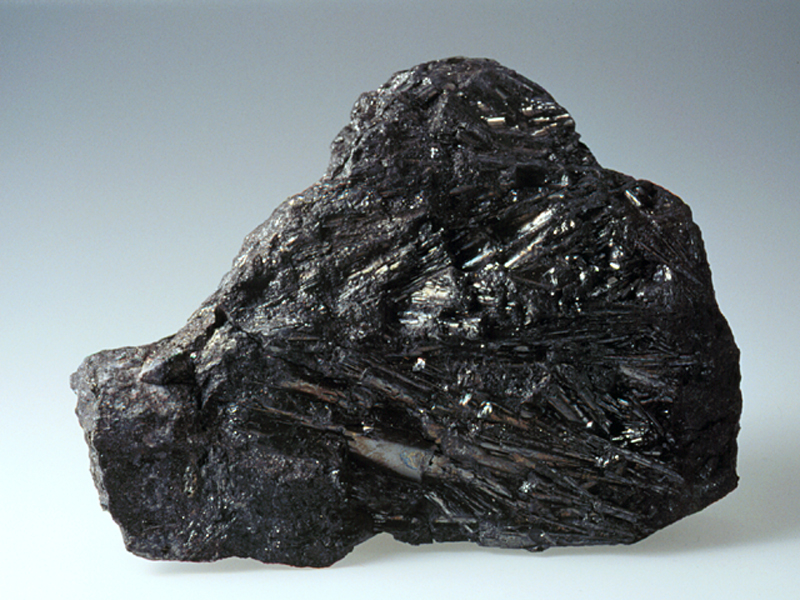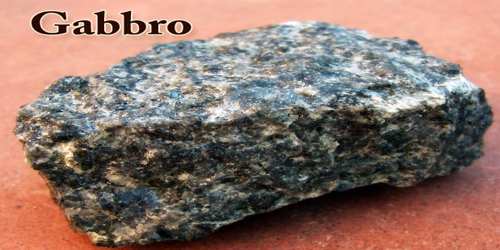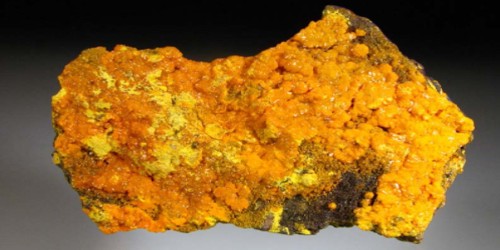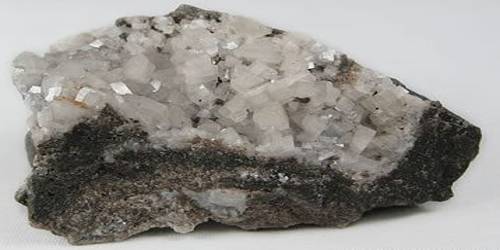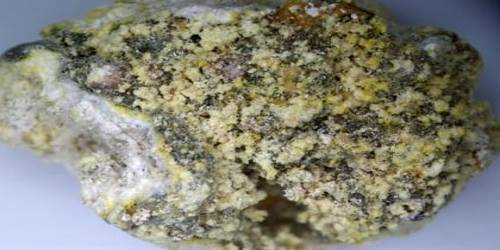Cylindrite is a sulfosalt mineral containing tin, lead, antimony, and iron with the formula: Pb3Sn4FeSb2S14. It is a most unusual sulfide mineral. It is a mineral consisting of sulfur, lead, antimony, and tin and being dark gray with metallic luster
It was first discovered in the Santa Cruz mine, Oruro Department, Bolivia in 1893. The name arises from its curious cylindrical crystal which it forms almost uniquely among minerals.
General Information
- Category: Sulfosalt minerals
- Formula: Pb3Sn4FeSb2S14
- Crystal system: Triclinic
- Member of: Cylindrite Group

Properties
It forms triclinic pinacoidal crystals which often occur as tubes or cylinders which are in fact rolled sheets. It has a black to lead grey metallic color with a Mohs hardness of 2 to 3 and a specific gravity of 5.4.
- Formula mass: 1,844.71 g/mol
- Colour: Lead grey, greyish black
- Crystal habit: Cylindrical
- Tenacity: Malleable
- Mohs scale hardness: 2.5
- Lustre: Metallic
- Streak: Black
- Diaphaneity: Opaque
- Specific gravity: 5.4 – 5.42
Occurrence: In tin-bearing hydrothermal veins.
The crystals are actually coiled sheets that give the appearance of having been rolled into tubes or cylinders. Under pressure the sheets, often described as leaves or shells, become uncoiled.
Association: Franckeite, stannite, incaite, potosiite, teallite, jamesonite, boulangerite, cassiterite, galena, pyrite, sphalerite.
Information Source;
